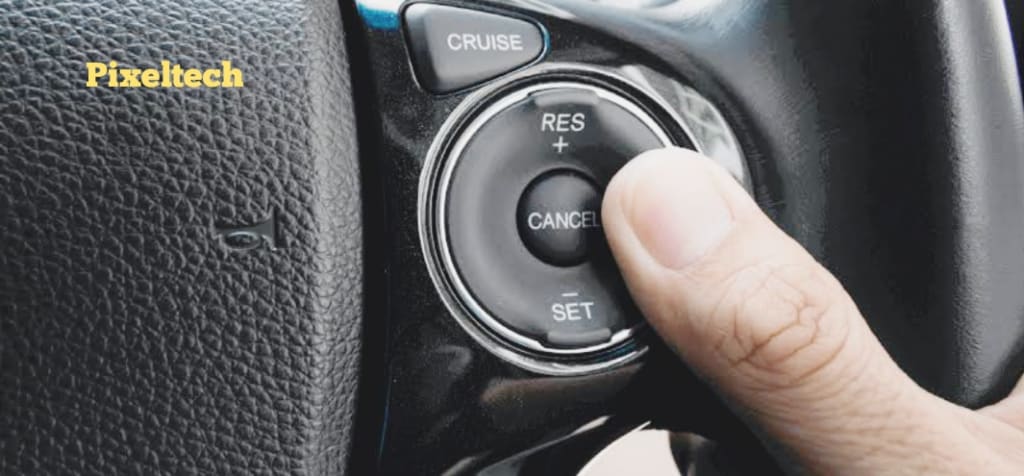Cruise Control Feature in Car: All You Need to Know
All you need to know for a relaxed cruise

Cruise Control Feature in Car: All You Need to Know
If you’ve ever been on a long road trip, you know that driving for extended periods of time can be tiring and monotonous. Luckily, cruise control is a feature that can make your driving experience more comfortable and less stressful. In this article, we’ll cover all the important details you need to know about cruise control in cars.
What is Cruise Control?
Cruise control is a feature in cars that allows you to set a constant speed without having to manually control the throttle. The system maintains the speed you set by automatically adjusting the throttle and, in some cases, the brakes. This allows you to relax your foot and maintain a steady speed, which can be especially useful on long highway drives.
How Does Cruise Control Work?
When you activate cruise control, it sends a signal to the car’s engine control unit (ECU), which then takes over control of the throttle. The ECU adjusts the throttle position to maintain the speed you set, even if you’re driving uphill or downhill. Some advanced cruise control systems also use sensors to detect other vehicles on the road and adjust your speed accordingly.
Types of Cruise Control
There are several types of cruise control available, including:
Traditional Cruise Control: This is the most basic type of cruise control, where you simply set the desired speed and the car maintains it until you turn off the system or apply the brakes.
Adaptive Cruise Control: This advanced feature uses sensors to detect other vehicles on the road and adjust your speed accordingly. It can even bring your car to a complete stop and resume driving when traffic starts moving again.
Dynamic Radar Cruise Control: This feature uses radar technology to maintain a safe distance between your car and the vehicle in front of you. It’s especially useful in stop-and-go traffic.
Benefits of Cruise Control
Using cruise control can offer several benefits, including:
Reduced Fatigue: Cruise control can help reduce the physical and mental fatigue associated with driving for extended periods of time.
Improved Fuel Efficiency: Maintaining a constant speed with cruise control can improve fuel efficiency and reduce your gas consumption.
Safer Driving: Using adaptive cruise control can improve safety by automatically adjusting your speed to maintain a safe distance from the vehicle in front of you.
Reduced Speeding: Cruise control can help you avoid unintentionally exceeding the speed limit, which can result in tickets and fines.
How to Use Cruise Control
Using cruise control is simple, and the specific steps may vary depending on the make and model of your car. Generally, you can follow these steps:
Press the cruise control button, which is often located on the steering wheel or dashboard.
Use the controls to set your desired speed.
Once your speed is set, take your foot off the accelerator pedal.
To adjust your speed, use the controls to increase or decrease your set speed.
To turn off cruise control, press the button or apply the brakes.
In Conclusion
Cruise control is a useful feature that can make long drives more comfortable and less stressful. With several types of cruise control available, you can choose the one that best suits your needs. If you haven’t used cruise control before, take some time to practice in a safe and controlled environment, and always remember to stay alert and aware of your surroundings while driving.





Comments
There are no comments for this story
Be the first to respond and start the conversation.